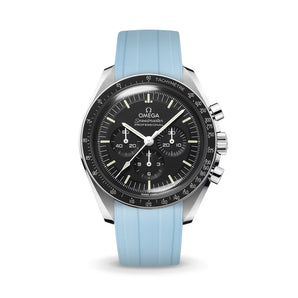Our journey to create a sailcloth strap that we would be proud to craft and release to the watch community was challenging, but we hope that after reading about the entire process, you'll not only gain a deeper appreciation for how these straps are crafted, but also feel inspired to try one out for yourself!
The Origins of the Delugs Sailcloth Strap
The story of this Sailcloth strap started 3 years ago in Oct 2021, when we launched our Waxed Canvas collection. This was a time when all we sold were leather straps - it would be more than one year later when we launched our first rubber straps. Many people were very excited to see if we could bring the same craftsmanship and quality to fabric straps too.

The Waxed Canvas material, and the straps that we crafted, looked and felt really good. There was a bit of a rugged look to the straps with the aged, waxed look, and you could even see some wear on the straps that occurred through the crafting process. We thought that this worn-in look would be something that people appreciated about fabric straps.
Unfortunately, we had to discontinue the entire Waxed Canvas collection shortly after. Many of the straps started wearing down and fraying quite extensively. Threads would come loose, the sides of the strap would start to unravel. It was quite a nightmare, and we realised that making fabric straps was not the same as leather straps. The main problem was that the moment any holes were punched on the strap (strap holes to fit the buckles, or even the stitching holes along the entire sides of the strap), or if there were any loose threads (basically the entire edge of the strap has loose thread), the loose ends of the thread would quickly unravel, and any pulling on the loose thread would cause the rest of the thread to spiral out. Not good.
So we went back to the drawing board, to figure out a way to make fabric straps without the problems of wear or fraying. Of course, other people ahead of us had “figured it out” before. It was common to see folded edges on fabric straps, instead of painted edges, so that the loose ends of the thread would be tucked inside the strap. Another common feature on fabric straps - an extra tab of leather that surrounds and reinforces the strap holes. Folded edges was an easy fix to the problem, but adding a leather reinforcement tab was not aesthetically pleasing, and even that would have its own problems (the leather tab would eventually start to peel off from the fabric strap).
We also weren’t too satisfied with the different types of sailcloth-like material (synthetic or otherwise) on the market. Apart from the problems of degradation and fraying, this material was often very rigid, rough and stiff which leads to an uncomfortable wearing experience. Also, often these materials were not waterproof, and even if they were, it is usually just a layer of coating applied on the material, which can wear off over time. We didn’t want to make sailcloth straps that had these same issues.
Not able to find a solution to these issues, we took a pause in our quest to launch a handcrafted fabric strap. Along the way, we launched our rubber straps, and started making the CTS straps that the watch community now knows and loves. We didn’t know it then, but this foray into rubber provided us with a solution to the fabric problem.

Instead of making molded CTS straps with FKM rubber (just like all of our CTS rubber straps), we asked ourselves if it was possible to make molded sheets made of FKM rubber. The hope was that these sheets could then be crafted with, in the same way that we craft our leather straps - thinned down, folded, glued, punched. We made a mold to test it out, found a way to engrave a deep enough texture that gave the basketweave look, and created the first sheet of FKM rubber with sailcloth texture. To our surprise, it worked exactly like how we imagined, and we now had our very first in-house produced material for our handcrafted straps!
Crafting of a Delugs Sailcloth Strap
Compared to traditional fabrics like canvas, nylon or even actual sailcloth, FKM rubber has better durability, waterproofness and comfort. With the textured surface, it could maintain the classic sailcloth strap look and feel, while eliminating common problems like wear and tear, and fraying. The material is waterproof, so it is also suited for all weather conditions and activities. This makes it the best material that could both withstand daily activities and maintain a classy look.
While this material is vastly different from any other material we’ve used in the past, thankfully the crafting process is mostly similar to leather straps. Here’s how these Sailcloth straps are crafted:
Step 1 - Preparing the layers for assembly

We start with the textured FKM rubber sheets, which are already thin and flexible. The sheets are cut into smaller sizes, and then glued onto a layer of reinforcement material that helps to prevent any stretching of the strap later on.
The material is then skived and thinned down at the ends, allowing for a seamless transition between the outer layer and the inner lining rubber when they are adhered together. The Sailcloth material is then glued to the rubber lining to form a long, continuous strip.

Next, a thick veg-tan leather is cut and shaped into a dome shape, which is then glued onto the inner side of the rubber lining as a padding. Veg-tan leather is used for the padding as it allows the strap to maintain its curved shape after the strap is worn-in. The layers are then folded and glued together, before being pressed to conform to the shape of the padding.



The strap with all the different layers assembled is then brought to the clicking machine, where the strap will be cut into the precise shape and dimensions of the final strap. A machine is used in this step to ensure accuracy and precision, not just in the dimensions but also in the shape of the strap. This step requires trained hands and an experienced eye to align the die with the strap, ensuring that the padding and logo are centred after the strap has been cut to the right size.

Step 2 - Punching Holes
Once the strap is assembled, it is time to prepare for stitching. Pricking irons are used to punch holes for the thread to pass through. The irons are hammered vertically into the strap, creating a slanted slit for the thread to sit in. For a standard 115/70 length, approximately 134 holes need to be punched across both sides of the strap, with a distance between each pricking hole of 2.45mm.
At the same time, strap holes (for the buckle to pass through), buckle tongue notch, and quick release spring bar notch are also punched onto the strap.

Step 3 - Stitching
With the strap starting to take shape, it is now ready to be stitched together by hand with saddle stitching technique. The strap is held between a wooden stitching clamp, which helps to hold onto the strap while our crafter stitches up the strap using two hands, with two needles criss-crossing and passing through each of the pricked holes.
Care has to be taken in the position at which the needles criss-cross, the angle at which the thread is pulled, and the amount of tension in the thread, all to ensure that the stitches sit consistently. Each strap takes anywhere from 5 to 10 minutes to be stitched.

While saddle stitching in this traditional fashion might be more labour and time-intensive compared to machine stitching, it is more durable as the linen thread creates a knot with each stitch, preventing the thread from unravelling should any single point break.
The result of the stitching pattern is also more pleasing to the eye, with a slanted stitch on both the front and back that’s a signature look of saddle stitching.
Step 4 - Edge Painting
After the Sailcloth strap is stitched up, it is now ready to have its edges finished.
A sealant is first applied to the edge of the strap, to seal up the exposed sailcloth rubber edges. After the sealant dries, edge paint in the choice of colour, in this case chosen to match the colour of the sailcloth, is applied over the sealant.

Once the paint dries, it is sanded down and buffed for a smoother surface. This process of applying the edge paint, drying, sanding and buffing is repeated around 2-3 times per strap, until the edge paint is totally smooth, and you cannot differentiate between the various layers of the strap.
Step 5 - Keepers
Next is the crafting and installation of the strap keepers. Every strap has two strap keepers (one fixed in position, and the other freely moving). They’re constructed similarly, made of FKM rubber and handcrafted before being attached to the strap.

The floating keeper is stitched separately and then inserted into the strap first. Attaching the fixed keeper, however, is a little more complicated. The leather has to be slotted through a hole on the sides of the strap, glued and stitched while being inserted into the strap, and then the keeper has to be rotated so that the stitched end resides within the strap and is not exposed.

Step 6 - Final Assembly & Quality Checks
Once that is done, it’s time to insert the spring bars. Instead of using normal spring bars, we’re using quick release spring bars. They are by now a staple of our straps and it’s the simplest yet most important part of expanding our idea of strap changing as a brand, and making it easier for anyone to change straps without the use of tools.

Finally, the Delugs Classic Buckle is installed on the strap, and the completed strap is checked to ensure that everything is made perfectly and meets the quality standards that we have at Delugs.
The whole process of crafting the sailcloth strap from start to finish requires between 4 to 6 hours. A strap may seem small, but it takes a lot of care and precision to craft straps to the highest standards of quality. Crafting straps by hand may take longer than using machines (for steps such as the stitching), but the quality speaks for itself and the craftsmanship on the strap is something that we can be very proud of.
We hope that you now have a better understanding of how the straps are made, and why we’re confident that this will stand out from any other fabric or sailcloth strap currently available.
Making the Sailcloth straps in this traditional way gives us a lot more flexibility. We now have FKM rubber sheet as a material that could be made into any strap we wanted, without the restrictions of making a mold for every single specification. With the straps being individually handcrafted, we could customise the strap to endless possibilities to pair perfectly with any watch. And finally, we could create new patterns in the future, opening up a world of options when it comes to new textures of material.

Now that you’ve seen through the process from start to finish, we hope that it might spark your interest in taking a look at our straps or even getting one for yourself!
You can view the sailcloth collection here: https://delugs.com/collections/sailcloth-straps/
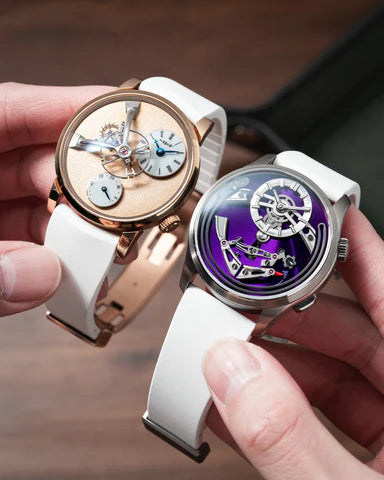

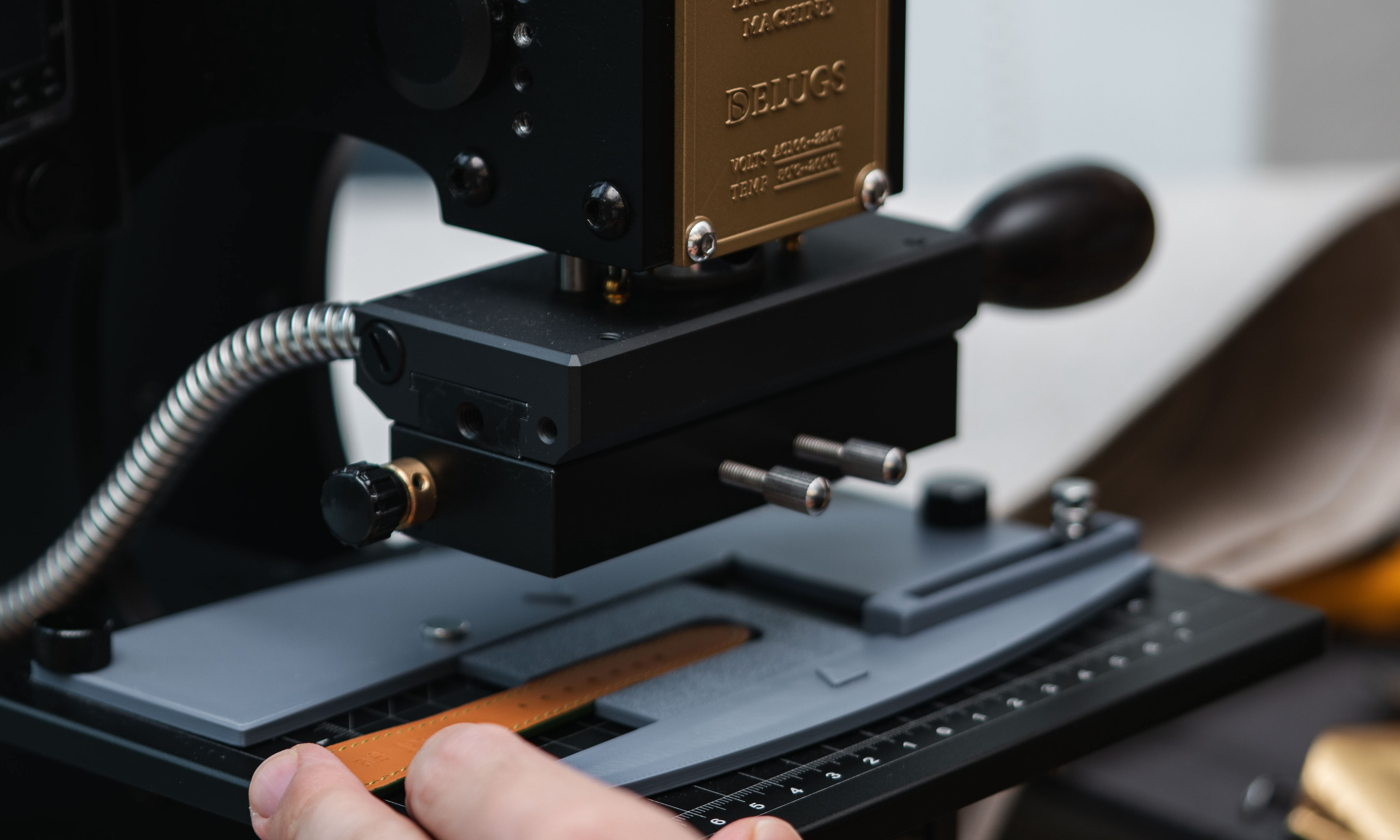




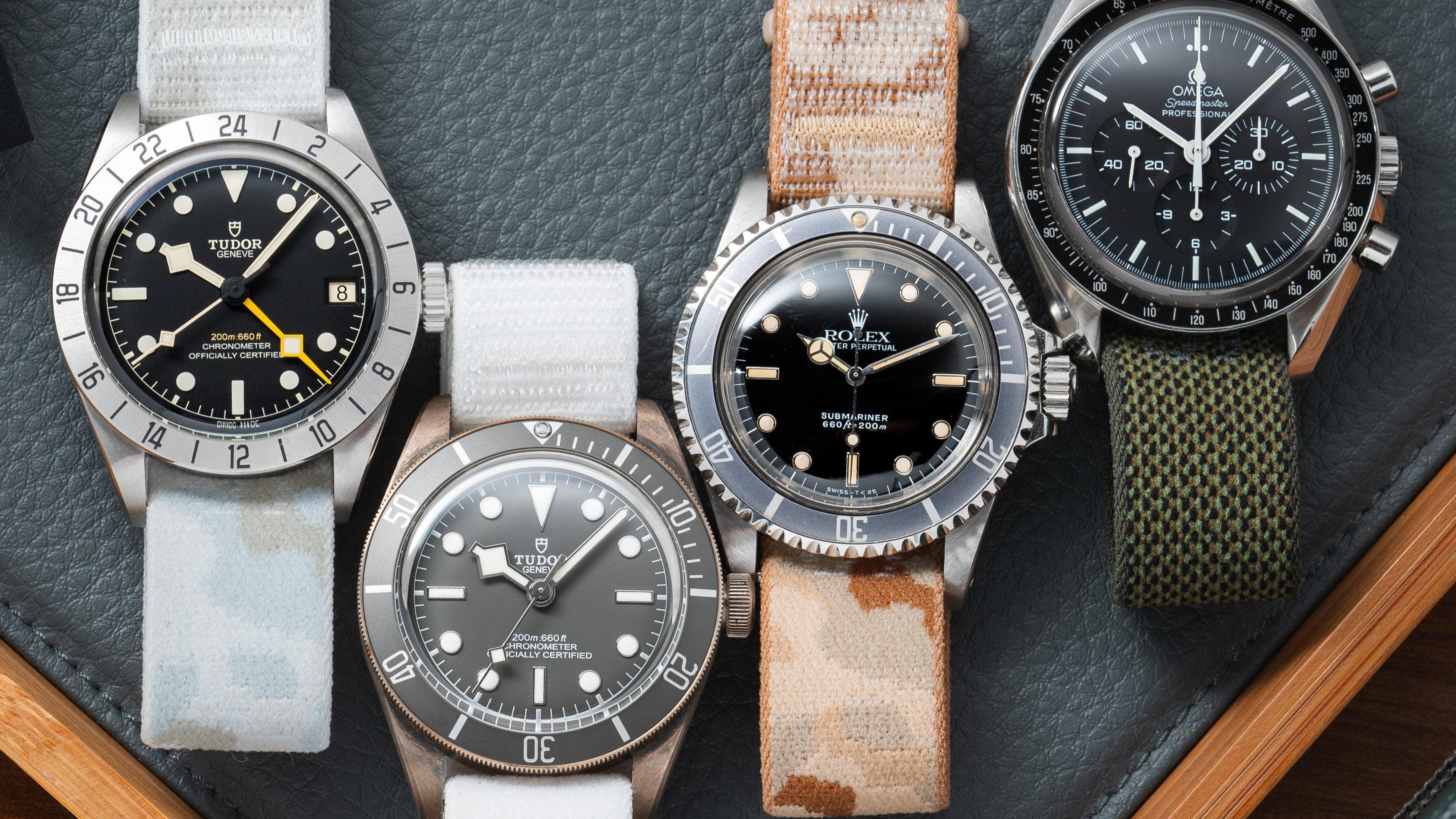
![Anthracite Hook Strap [kollokium x Delugs]](http://delugs.com/cdn/shop/files/20250919-A7405309_298x298_crop_center.jpg?v=1761299094)
![Anthracite Hook Strap [kollokium x Delugs]](http://delugs.com/cdn/shop/files/Kollokium_straps_Anthracite_1_298x298_crop_center.jpg?v=1761299094)
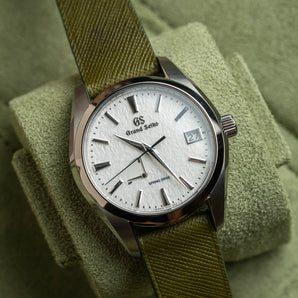
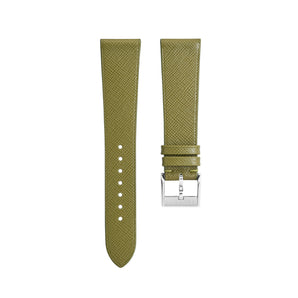
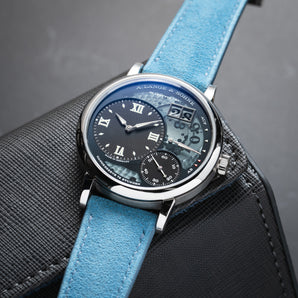
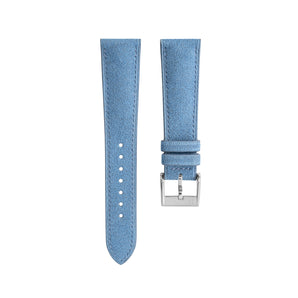
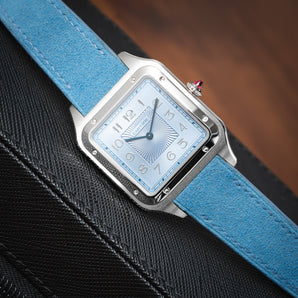

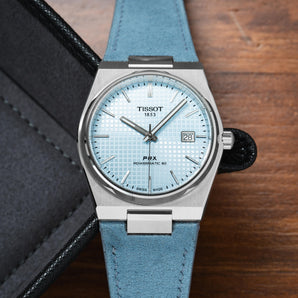
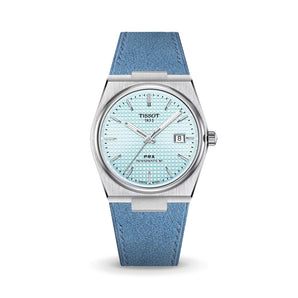
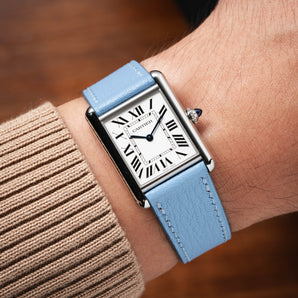
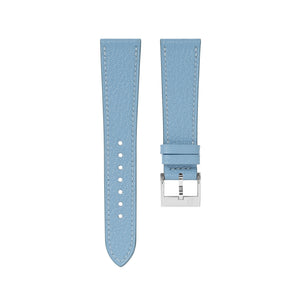
 Buy One, Get One 15% Off
Buy One, Get One 15% Off
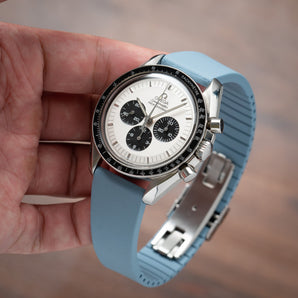

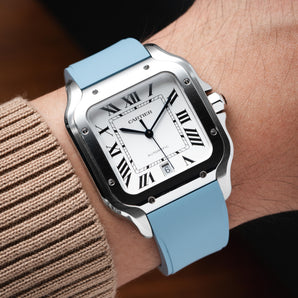
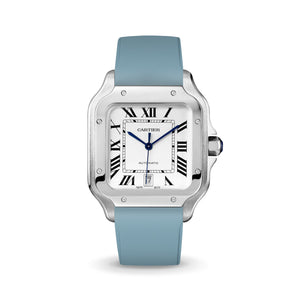
![Baby Blue CTS Rubber Strap for IWC Ingenieur [Prototype]](http://delugs.com/cdn/shop/files/20251001-DSC02482_1_298x298_crop_center.jpg?v=1759730616)
![Baby Blue CTS Rubber Strap for IWC Ingenieur [Prototype]](http://delugs.com/cdn/shop/files/IWC_Ingenieur_Rubber_CTS_Baby_Blue_298x298_crop_center.jpg?v=1759303635)

